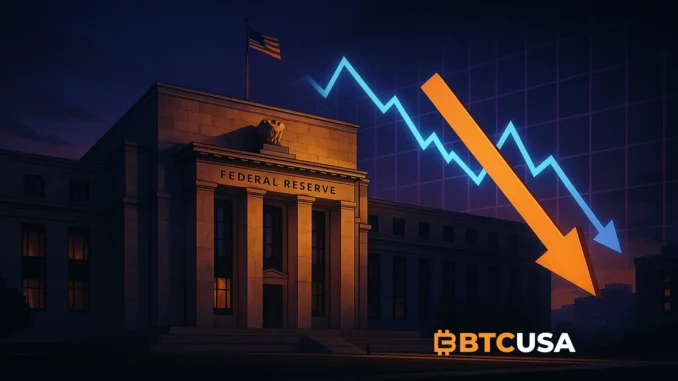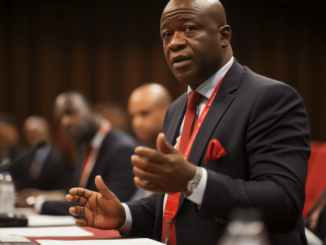
Fed Officials Signal December Rate Cut Is Unlikely as Inflation Risks Persist
The Federal Reserve is unlikely to deliver a rate cut in December, according to several key Fed officials who emphasized that inflation remains a lingering concern and monetary policy must remain restrictive for now.
Fed Officials Caution Against Premature Expectations
Speaking on Monday, San Francisco Fed President Mary Daly, often seen as a close policy ally of Chair Jerome Powell, along with Neel Kashkari and Lorie Hummack, indicated that it is premature to expect a rate cut at the December FOMC meeting.
The officials highlighted that while inflation has moderated from its 2022 peaks, price pressures remain above the Fed’s 2% target, warranting patience before any shift toward monetary easing.
Inflation and Data-Driven Patience
The message was consistent: the Fed is not ready to declare victory over inflation.
Officials stressed that more economic data — particularly labor market and price index reports — will be necessary before determining whether current policy is sufficiently restrictive.
“The job is not done,” Daly noted. “While progress has been encouraging, it’s too soon to say we’ve achieved stable prices.”
Kashkari added that structural inflation drivers, such as energy volatility and service sector resilience, continue to pose challenges.
Market Reaction
Markets reacted cautiously to the remarks. Fed funds futures now price less than a 50% probability of a rate cut in December, down from nearly 70% just two weeks ago, according to CME FedWatch data.
Yields on U.S. Treasuries edged higher as traders adjusted expectations, while the dollar strengthened modestly against major currencies.
Why the Fed Is Holding Back
Analysts suggest that the central bank prefers to avoid reversing policy too soon, especially after multiple cycles of tightening and easing in the past decade led to market instability.
“The Fed wants to see clear, sustained evidence that inflation is anchored,” said one macro strategist. “They’ll likely wait until mid-2025 before cutting decisively.”
The Bigger Picture
With economic growth showing signs of resilience and the labor market still tight, the Fed appears committed to a data-dependent approach rather than responding to short-term market expectations.
For now, investors should brace for the possibility that interest rates may stay higher for longer — as the central bank continues its careful balancing act between inflation control and financial stability.




